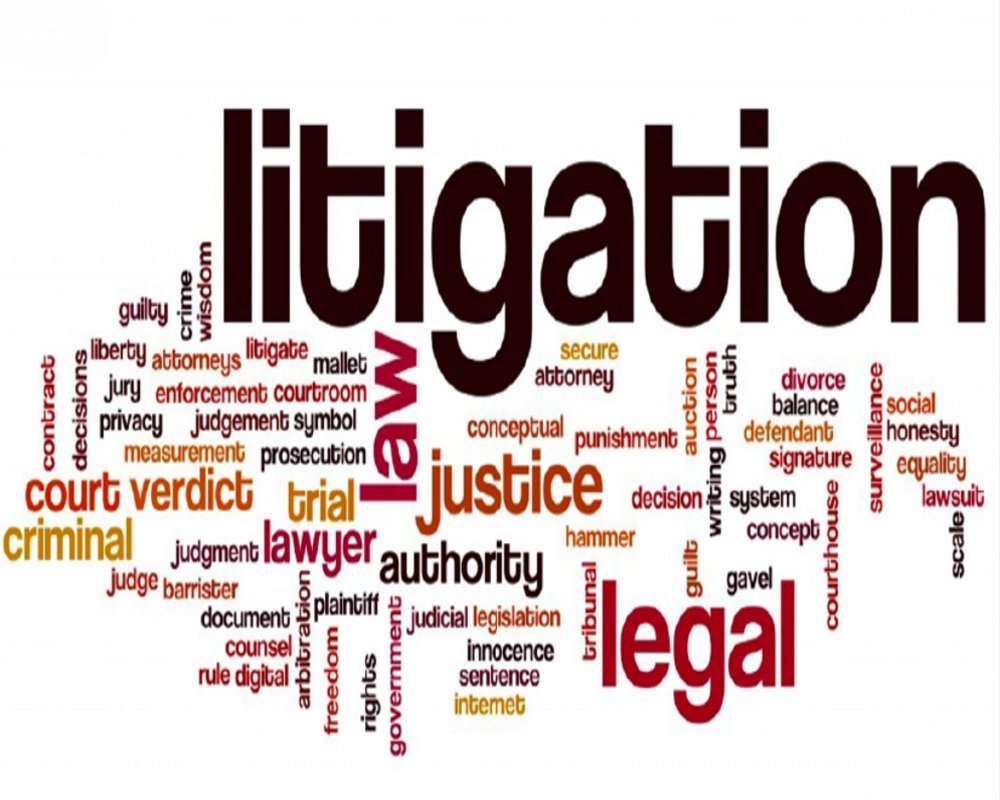1. Conduct Hydrogeological Surveys The first step in addressing water table concerns is to perform a hydrogeological assessment of the land. This involves: Studying the depth, quality, and seasonal variation of the groundwater table Identifying aquifer characteristics, recharge zones, and flow direction Using borewell data, piezometers, and soil core analysis to evaluate groundwater...
Industrial Sales
1. Definition of CRZ Regulation CRZ (Coastal Regulation Zone) regulation refers to a set of environmental guidelines governed by the Coastal Regulation Zone Notification, issued under the Environment (Protection) Act, 1986. It aims to regulate human and industrial activity along the coastal stretches of seas, bays, estuaries, creeks, rivers, and backwaters to: Protect fragile coastal...
1. On the Outskirts of Major Urban Centers Low-impact industrial zones are often situated in peripheral areas of Tier 1 and Tier 2 cities to maintain buffer distance from residential populations while ensuring connectivity and labor access. Examples include: Chakan and Ranjangaon (Pune, Maharashtra) Sriperumbudur and Oragadam (Chennai, Tamil Nadu) Bommasandra and Harohalli (Bengaluru,...
1. Definition and Purpose The Environmental Impact Assessment (EIA) is a structured process used to identify, predict, and evaluate the potential environmental effects of a proposed land development project. It is mandated under the EIA Notification, 2006 issued under the Environment (Protection) Act, 1986 and aims to ensure that: Environmental risks are identified early in the planning...
1. Increases Environmental Risk and Liability Contaminated land is associated with potential health, safety, and regulatory hazards. This elevates the risk for buyers, who may: Inherit legal liability for cleanup under environmental laws Face government restrictions on future land use Be exposed to claims from surrounding property owners or residents This risk perception depresses demand...
1. Reduces Marketability and Buyer Confidence Environmental litigation attached to a land parcel creates legal uncertainty that: Deters potential buyers or investors due to the risk of future restrictions Makes the property less attractive in competitive markets Leads to delays in transaction finalization or project approvals Buyers often seek litigation-free titles to avoid inheriting...
1. To Control Air and Noise Pollution Green buffers, often in the form of tree-lined belts or landscaped zones, serve as natural barriers that absorb pollutants and reduce environmental impacts. In industrial and high-traffic zones, they help: Trap dust, particulate matter, and vehicular emissions Absorb carbon dioxide and release oxygen Reduce noise levels from machinery, loading areas, or...
1. Soil Sampling and Laboratory Analysis To assess contamination, soil samples are collected from various depths and locations across the land parcel. This process involves: Identifying sampling points based on historical land use, proximity to industrial activity, or storage of hazardous materials Collecting samples at multiple depths (e.g., 0–15 cm, 15–30 cm) Sending the samples to an...
1. State Pollution Control Boards (SPCBs) The State Pollution Control Board is the primary authority responsible for: Issuing and verifying pollution-related certificates such as Consent to Establish (CTE) and Consent to Operate (CTO) Conducting inspections and site visits to assess environmental compliance Reviewing emission, effluent, and waste management reports submitted by industrial...
1. Compliance with the Environment Protection Act, 1986 All industrial zones in India are governed by the Environment (Protection) Act, 1986, which empowers the central government to: Set standards for emissions and effluents Regulate hazardous processes and substances Monitor industrial impact on air, water, and soil quality Industrial units must operate within the permissible...










